More Brightly Colored Birds from Miller Canyon
Besides the Broad-tailed Hummingbirds, these birds caught my eye
Rufous Hummingbirds are notorious for their aggressive behaviors at feeders. Their incredible migration journey may explain why they are so protective of any source of food they find. The male Rufous Hummingbirds are, indeed, a rufous/orange color. Their gorgets are a vivid orange when the light hits it just right. In the photo below, the gorget doesn't show us its brilliance.
Another male Rufous Hummingbird came into the feeders. This one had yellow pollen on top of its short bill, a dusting caused by some of the flowers the bird had been feeding from.
Male Rufous Hummingbirds do not like to share their food sources, even when there is plenty around. They are very territorial. AllAboutBirds states that "The Rufous Hummingbird makes one of the longest migratory journeys of any bird in the world, as measured by body size. At just over 3 inches long, its roughly 3,900-mile movement (one-way) from Alaska to Mexico is equivalent to 78,470,000 body lengths. " (See their range map!)
Young male Rufous Hummingbirds take a while to develop all of their gorget feathers. This one shows you how brilliant that orange throat can be. Imagine then its entire neck is full of those feathers. Tucson BirdAlliance calls this species the "Extreme Hummingbird"
Another very special hummingbird that was present was the Violet-crowned Hummingbird.
About the only place you can find Violet-crowned Hummingbirds in the US is in southeastern Arizona (Check out this range map). The Paton Center for Hummingbirds in Patagonia was made famous by the regular Violet-crowns found there as this Tucson Bird Alliance story tells.
Most often it is tough to get a nice photo of a Violet-crowned Hummingbird. They usually come to a feeder, take a sip, and then dart away to perch deeply hidden in vegetation. This male was an exception. He had one regular perch out in the open upon which he would sit for minutes at a time. When he left the perch, he usually would return. He also spent much time vocalizing. Whether for territorial reasons or others, he called and called and called. You can see the changed shape of his throat feathers as he sang. (Listen here)
The biggest surprise of the morning was the arrival of a male Western Tanager. Birdnote shares a bit about the looks and behavior of these colorful birds.
The Tanager just suddenly appeared on the plant below, sat there for perhaps a minute, and then flew off. While we see WesternTanagers in Tucson during migration, in the summers they are more likely found in mid-to-upper elevations in the border Sky Islands
I always like it when a bird acknowledges my presence. This Western Tanager gave us a look before flying off. At Beatty's Guest Ranch, the hummingbird set-up is at a short, steep walk from the parking lot to where a dozen feeders sit and a small covered bleacher is set up for observers. It is a great place to see birds and, apparently, to be seen by birds.
Black-chinned Hummingbirds were around too. Although their colorful gorgets are much more subdued than that of other male hummingbirds, in the right light a thin violet collar shines from below their otherwise black chins. Black-chinned Hummingbirds are common throughout the western United States during the summer.
Our short morning visit to Miller Canyon was a good one. In addition to the incredible Broad-tailed Hummingbirds in a prior post, the birds in today's post were all wonderful to see.


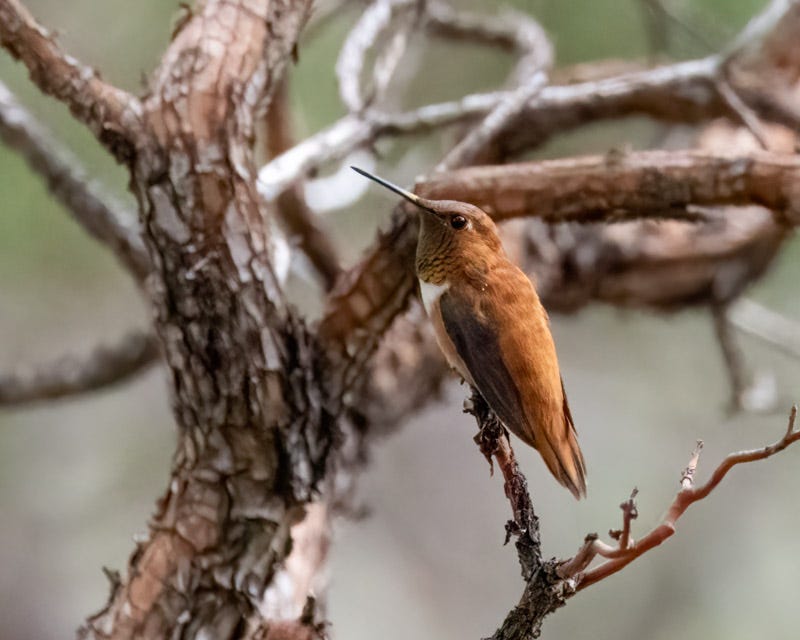
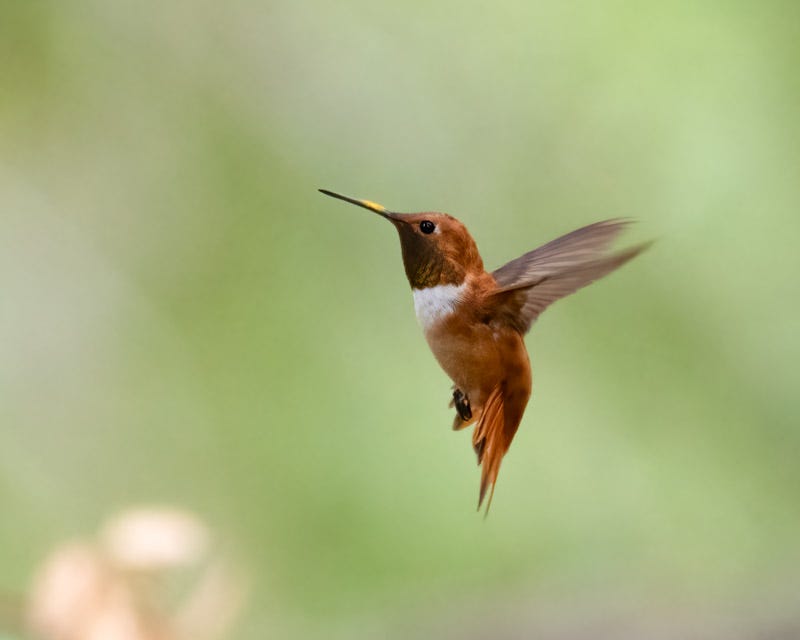
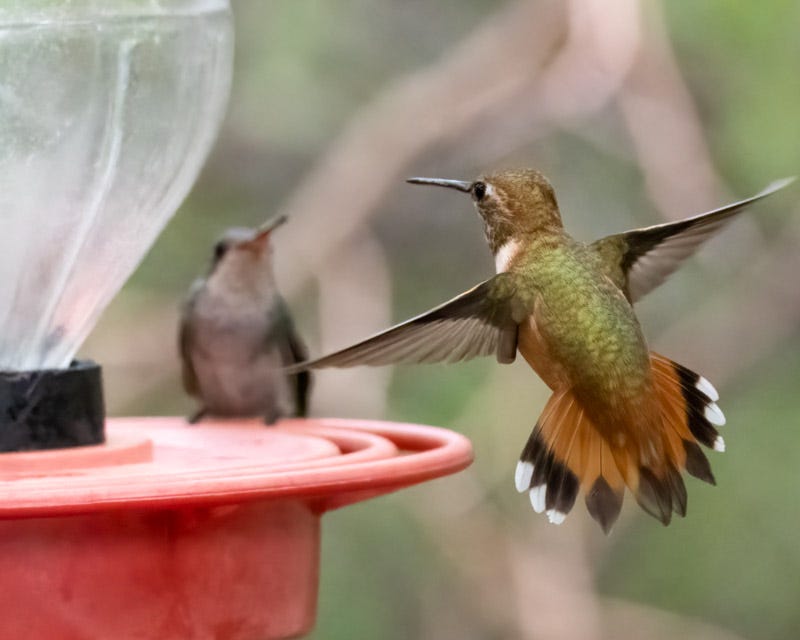
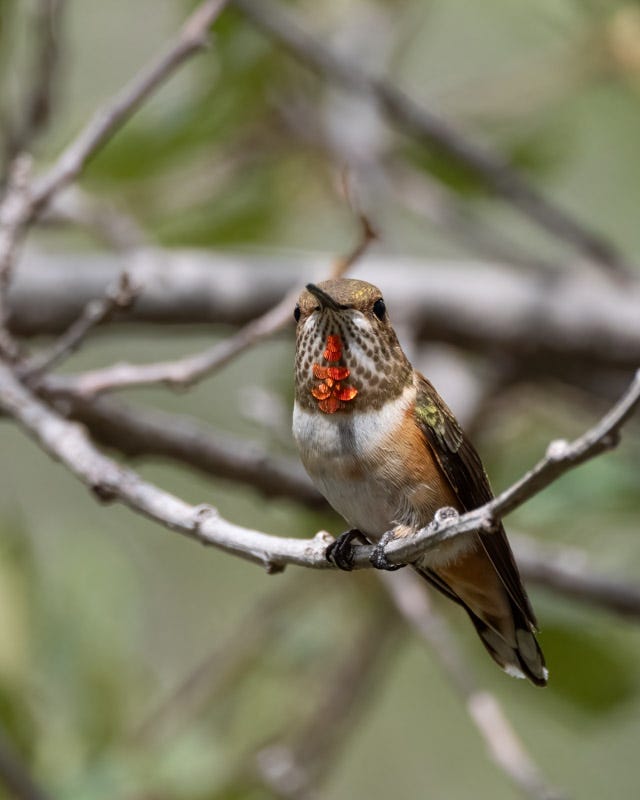
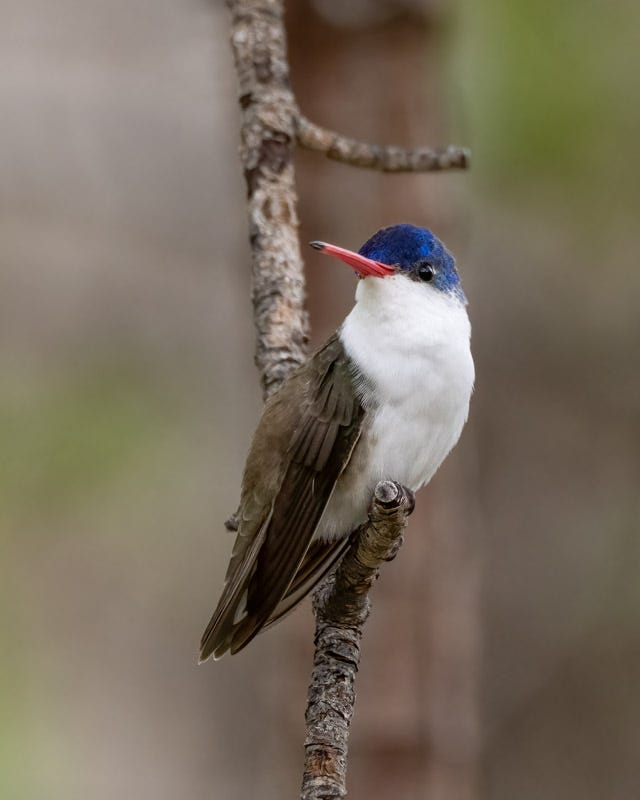
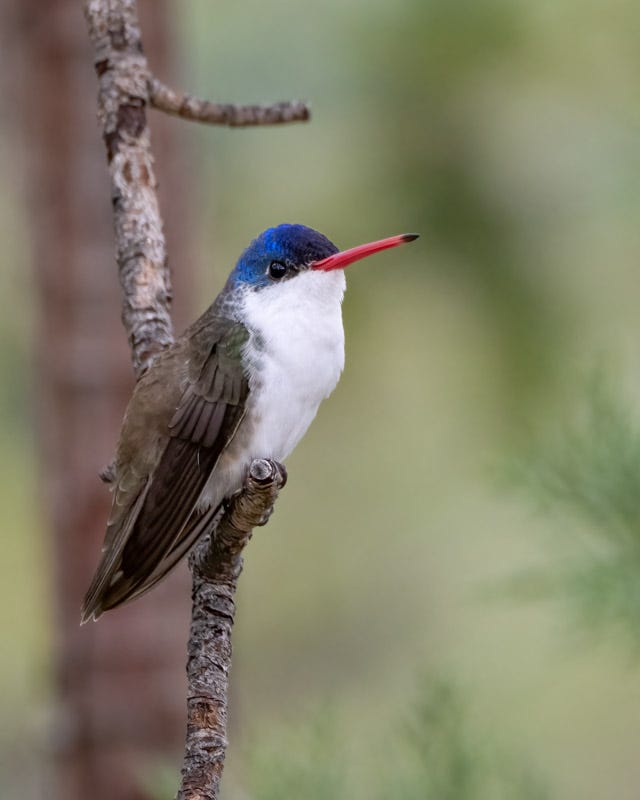



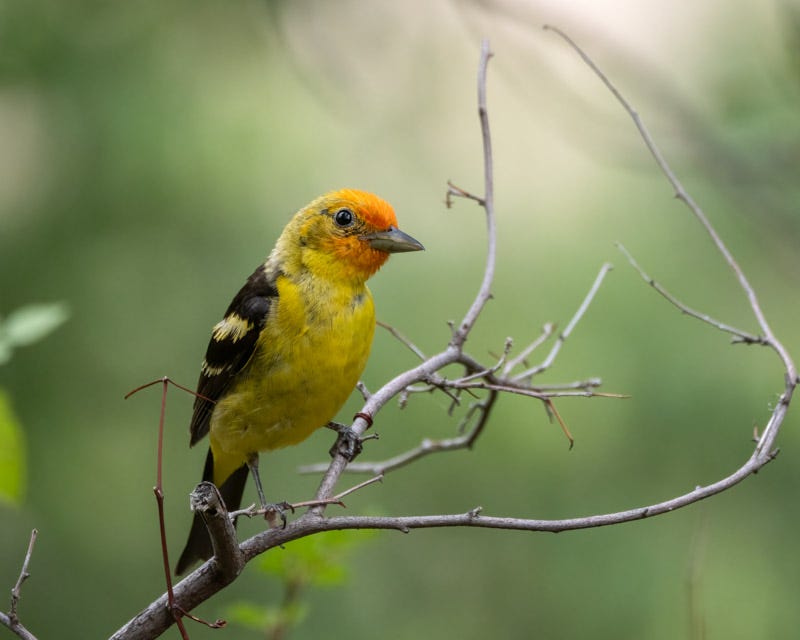
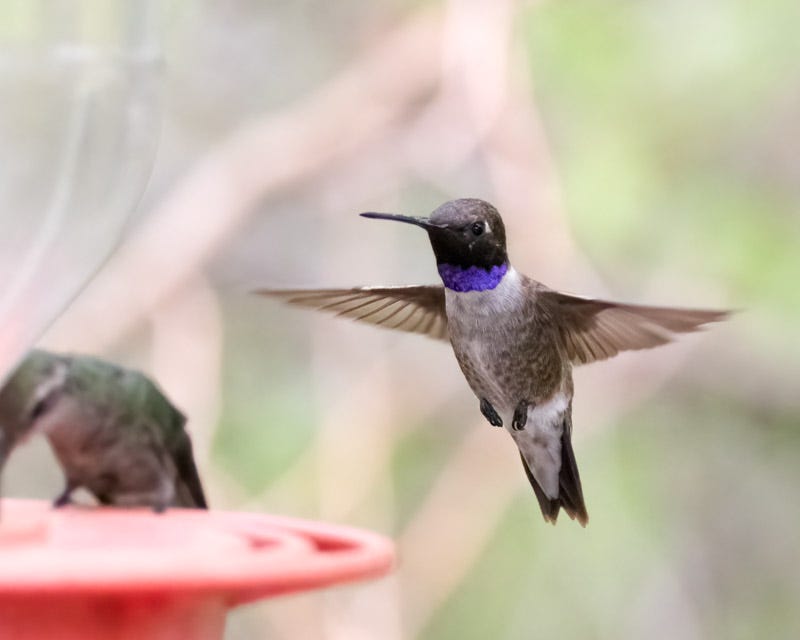
The tanager (I always misread it as teenager) is just about the sweetest thing ever!
Beautiful photos, Dan! You even got the purple on the Black-chinned’s gorget, which doesn’t happen very often.